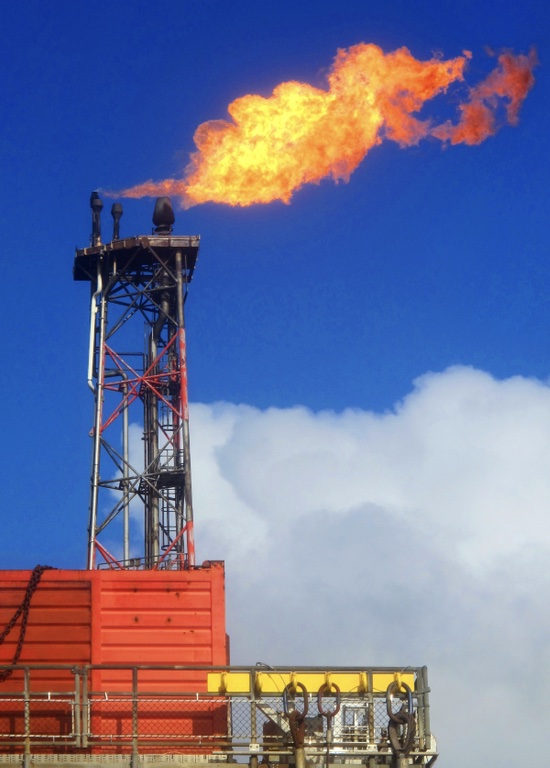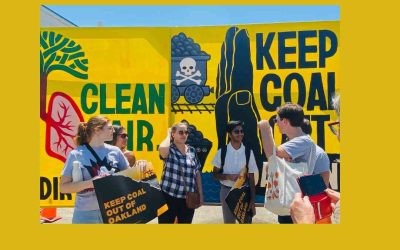Welcome to our seminar. Oil spills and their connection to renewable energy alternatives.
Our focus today is to understand impact of oil spills and their connection to renewable energy alternatives.
Introduction
- Definition: Fossil fuels are non-renewable energy sources that originate from the remains of ancient plants and organisms.
- Types: Coal, oil, and natural gas are the primary examples of fossil fuels, each with distinct properties and applications.
- Global Usage: These energy sources currently power approximately 80% of the world’s total energy consumption, underpinning various industries and daily activities.
- Extraction and Processing: Fossil fuels are obtained through extraction processes such as drilling, mining, and hydraulic fracturing (fracking), followed by refining processes to yield usable products.
- Environmental Impact: The combustion of fossil fuels releases carbon dioxide (CO2) and other pollutants into the atmosphere, contributing significantly to global climate change and air pollution.
How do Oil Refineries work?
- Separation
- Separate oil into fractions (components) based on boiling points
- distillation tower, fractionating column
- Separate oil into fractions (components) based on boiling points
- Conversion
- Certain fractions (e.g. heavy fuel oil) need more processing (break down hydrocarbons)
- thermal cracking
- catalytic cracking
- hydrocracking
- Certain fractions (e.g. heavy fuel oil) need more processing (break down hydrocarbons)
- Unification
- Blend fractions to create products that meet octane rating, etc
- Alteration
- Fractions are treated with catalysts to remove impurities such as sulfur and nitrogen
- reduces emissions and improves the quality of final products
- Fractions are treated with catalysts to remove impurities such as sulfur and nitrogen
- Flaring
- Safety relief valve used to burn excess gases and liquids
- cannot be processed, recovered, recycled, or stored
- hydrocarbons – methane, ethane, propane, etc
- impurities – sulfur and nitrogen compounds
- Safety relief valve used to burn excess gases and liquids
Health Impact of Refineries
- Sulfur dioxide (SO2)
- colourless gas, pungent odor, heavier than air
- largest source of SO2 in atmosphere is refineries
- Benzene (C6H6)
- formed during cracking and thermal treatment
- Carcinogen
- ~½ of breathed benzene passes through lungs into the bloodstream
- Lead (Pb)
- boost octane rating as anti-knocking agent
- can travel for miles before settling into the ground
Income Inequality
- Residents living near 80% of refineries in the US earn ~$16,000 less than surrounding areas.
- census tracts show that residents near oil refineries earn 13-16% less than those in the greater region
- example: Suncor Refinery, Denver – earn roughly $42,000 less than Greater Denver residents
- example: Valero and Tesoro Refineries, California – shadows earn roughly $38,000 less
- Refineries are predominantly located in low-income and minority communitiesformed during cracking and thermal treatment
- provides relatively low-paying jobs and limits ability of residents to participate in other economic activities
Introduction to Oil Spills
- Definition: An oil spill refers to the accidental or intentional release of liquid petroleum hydrocarbons into bodies of water, such as oceans, rivers, and lakes.
- Causes: Oil spills can occur due to various factors, including vessel collisions, equipment failures, leaks from storage facilities, and accidents during offshore drilling operations.
- Environmental and Economic Impact: The consequences of oil spills are severe, causing widespread damage to ecosystems, posing threats to aquatic life, and resulting in substantial economic losses for affected regions.
- Prominent Examples: Notable examples of oil spills include the Exxon Valdez incident in 1989 and the Deepwater Horizon oil spill in 2010, both of which had devastating effects on marine environments and coastal communities.
Consequences of Oil Spills
Immediate Environmental Impact:
Oil spills have an immediate and visible impact, as oil coats the feathers, fur, and scales of marine and avian species, reducing insulation and buoyancy.
Long-Term Ecosystem Disruption:
Oil spills disrupt marine ecosystems, causing long-lasting harm to habitats, food chains, and reproductive cycles.
Eonomics Losses
The costs associated with oil spill cleanup, restoration of affected ecosystems, compensation for economic losses (e.g., fishing, tourism), and legal proceedings can reach millions or even billions of dollars.
Tourism and Recreation Impact:
Coastal areas contaminated by oil spills often experience a decline in tourism and recreation activities due to concerns about safety and aesthetics.
Health Risks and Human Impact:
Exposure to oil and toxic cleanup chemicals poses health risks to responders and local communities, leading to respiratory issues, skin problems, and other adverse health effects.
Notable Oil Spill Examples
- Torrey Canyon Oil Spill (1967): One of the earliest major oil spills, the Torrey Canyon incident involved the grounding of a supertanker off the coast of Cornwall, England, resulting in the release of around 32 million gallons of crude oil and severe ecological damage.
- Amoco Cadiz Oil Spill (1978): This spill off the coast of Brittany, France, involved the release of approximately 68 million gallons of oil, leading to widespread environmental devastation and significant economic consequences for affected communities.
- Ixtoc I Oil Spill (1979): Occurring in the Gulf of Mexico, the Ixtoc I oil spill involved the release of approximately 140 million gallons of oil over a period of nearly 10 months, causing extensive damage to marine ecosystems and fisheries.
- Exxon Valdez Oil Spill (1989): This tragedy involved the release of approximately 11 million gallons of crude oil into Alaska’s Prince William Sound, causing extensive harm to marine and coastal ecosystems, as well as immense economic losses for affected communities.
- Deepwater Horizon Oil Spill (2010): One of the largest environmental disasters in history, this spill resulted from the explosion of an offshore drilling rig, releasing an estimated 210 million gallons of oil into the Gulf of Mexico. The impact on marine life, coastal habitats, and regional economies was profound.
Effects in Marine Life
- Oil Coating and Insulation Impairment: Oil spills coat the feathers, fur, and scales of marine animals, reducing their insulation and buoyancy and rendering them vulnerable to hypothermia and other environmental stressors.
- Toxicity and Health Risks: Ingestion of oil-contaminated food can lead to poisoning and damage to internal organs, often resulting in sickness, reproductive issues, and even death among aquatic species.
- Fisheries Impact: Oil-contaminated waters and marine life pose a direct threat to fisheries and seafood industries, undermining food security and livelihoods for communities that rely on fishing for sustenance and income.
- Coral Reefs and Coastal Habitats: Oil spills can smother coral reefs and destroy vital coastal habitats like marshes and mangroves, disrupting ecosystem balance and reducing resilience to other environmental stressors.
- Long-Term Consequences: Despite initial cleanup efforts, the effects of oil spills can linger for years or even decades, contributing to population declines and ecosystem alterations that reverberate throughout the food web.
Effects on Coastal Life
- Coastal Habitat Devastation: Oil spills can inflict extensive damage on coastal habitats, including marshes, wetlands, and estuaries, where many species find essential breeding, nesting, and feeding grounds.
- Loss of Nesting Sites: Birds, sea turtles, and other creatures that rely on coastal areas for nesting and breeding are particularly vulnerable to oil contamination, which disrupts their life cycles and populations.
- Biodiversity Loss: The ecological disruption caused by oil spills can result in the decline of diverse marine species, leading to imbalances in food chains and reducing overall biodiversity within affected ecosystems.
- Water Quality Degradation: As oil spreads across water bodies, it degrades water quality and adversely affects aquatic life, altering oxygen levels, light penetration, and nutrient availability, further compromising the health of marine ecosystems.
- Slow Recovery and Rehabilitation: Coastal ecosystems affected by oil spills require extensive time and resources to recover, often necessitating ongoing monitoring, restoration efforts, and ecosystem management to regain their ecological function and balance.
Economic Impacts of Oil Spills
- Cleanup Expenses: The costs associated with cleaning up and mitigating the effects of oil spills can be staggering, reaching from the millions to billions of dollars, depending on the scale and severity of the spill.
- Legal Fees and Liability: Oil spills often lead to complex legal proceedings, involving lawsuits, fines, penalties, and compensation claims from affected parties, further adding to the economic burden.
- Tourism Decline and Economic Disruption: Coastal areas affected by oil contamination often experience a sharp decline in tourism and recreational activities, leading to decreased revenues for local businesses and communities.
- Fisheries and Seafood Industry Impact: Oil spills can cause significant harm to fish stocks and other marine resources, leading to reduced catches, lower market prices for seafood, and economic losses for those who rely on fishing as a livelihood.


